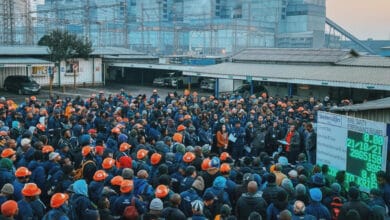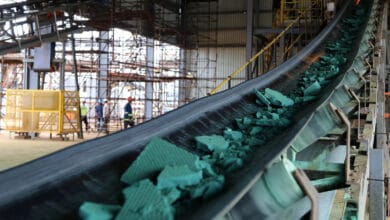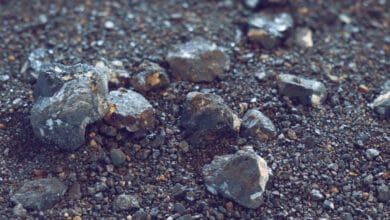Zimbabwe has finalised a US$455 million, 15-year partnership with Jindal Africa, the African subsidiary of India’s Jindal Steel. This agreement targets the rehabilitation of the 920 MW Hwange coal-fired thermal power plant. Energy Minister July Moyo announced the deal on 16th September 2025, following a cabinet meeting. The work, which will focus on six units dating from the 1980s, is expected to span four years.
Structured as a public-private partnership, the agreement grants Jindal 15 years to finance, rehabilitate, and operate the thermal units before transferring them back to the Zimbabwe Power Company (ZPC), the state-owned producer and distributor. During this period, the company will recoup its investment through electricity sales, thereby transferring financial and operational risks away from the state.
Harare had limited room for maneuver. The Hwange plant benefited from new modernisation work in 2023, with the addition of two production units. However, its older equipment now operates at only one-third of its potential due to breakdowns.
Concurrently, hydroelectricity, another pillar of the national energy system, has collapsed. The Kariba Dam, shared with Zambia, saw its production plummet by over 80% in a few months. It fell victim to drought amplified by El Niño.
The decision to entrust Hwange to Jindal stems from a survival imperative. Zimbabwe, like neighboring Zambia, heavily relies on hydroelectricity. However, the persistent decline in the Kariba Dam’s water level weakens this dependence, with direct consequences for their economies. Power outages cost Zambia US$1.3 billion in 2024. In Zimbabwe, they severely penalise the mining industry, a key source of foreign currency for the country, according to US Department of Commerce data.
In parallel, both countries have revived the giant 2,400 MW Batoka Gorge hydroelectric project and are seeking a US$5 billion investment. The Zambezi River Authority has been tasked with soliciting new investors.
While awaiting Batoka, whose funding remains uncertain given the budgetary difficulties of Zimbabwe (US$21 billion external debt) and Zambia, currently restructuring after a 2020 default, Hwange’s upgrade appears as an immediate solution to stabilise supply. The increased reliance on coal, however, raises sustainability questions, especially as the country holds climate ambitions and seeks to attract multilateral funders.









